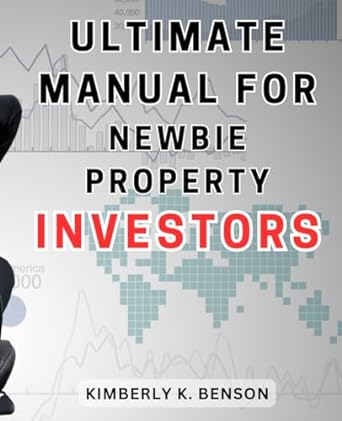Question
Insurance, Risk, and Crop Choice. Imagine that a farmer has two crop choices: wheat and beans. Both depend on rainfall. Rainfall is good (R=1) 60%
Insurance, Risk, and Crop Choice. Imagine that a farmer has two crop choices: wheat and beans. Both depend on rainfall. Rainfall is good (R=1) 60% of the time and bad (R=0) 40% of the time. Wheat depends positively on rainfall, so the equation for the yield of wheat (in bushels) is: YW=400R. Beans (in this example) depend negatively on rainfall, because the beans need sunshine to dry. So the equation for the yield of beans (in bushels) is: YB=400-300R.
a. What is the expected yield of each crop? What crop would a farmer grow who only cared about having the highest expected yield? ( Hint: The formula for expected yield is (yield if R=1)*Pr(R=1)+ (yield if R=0)*Pr(R=0). )
b. Now assume the farmer is risk averse. Her utility function is u(c)=c.5. (That is, the square root of c.) Assume she can sell either crop for $1 per bushel, so that c=Y, meaning that, whatever the yield is of the crop she grows, thats the consumption value that gets plugged into the utility function. What is her expected utility if she grows wheat? What is her expected utility if she grows beans?2 Which crop will she choose now? ( Hint: The formula for expected utility is (u(Y) if R=1)*Pr(R=1)+ (u(Y) if R=0)*Pr(R=0) )
c. Draw a graph like the one in Lecture 15, slide 12 showing the two levels of utility the farmer could get if she grows wheat. Be sure to indicate which is which. (This graph doesnt have to be perfectly to scale, but it should show that the utility function has a concave shape with decreasing marginal utility.)
d. Now, assume the farmer gets access to insurance. With insurance, if she grows wheat, she can pay an upfront premium (P) of $160 and then, if rain is bad (R=0), she will get a payout (B, for benefit) of $400. On top of the insurance payouts, she can sell her wheat for $1 per bushel, as before. Show that her expected net income if she buys this insurance is the same as her expected income if she doesnt buy insurance, but that she now faces no risk/uncertainty over what her income will be. (Hint: Her net income with insurance when rain is good is 400 P. When rain is bad her net income is 0 P + B.)
e. Now draw a version of the graph from part c that shows the farmers utility function, showing the value of her utility if she purchases the insurance.3 Describe why someone who is risk averse would want to buy this insurance even though it doesnt change their expected income.
f. Now assume the insurance also covers beans, so that if the farmer grows beans and buys the insurance, shell get the expected income for beans you found in part a, with no risk. (And ditto with wheat.) If the farmer gets access to this insurance product, will she grow beans or wheat? What does this suggest about how access to insurance might help farmers invest in more profitable crops?
g. This model predicts that a risk-averse farmer would definitely want the insurance product we described in parts d-f. Yet, in reality, the demand of poor households for insurance is lower than many economists predicted. Give one reason why that might be, based on what you read in Ch 6 of Portfolios of the Poor, or what we discussed in class. (2-3 sentences)
Step by Step Solution
There are 3 Steps involved in it
Step: 1

Get Instant Access to Expert-Tailored Solutions
See step-by-step solutions with expert insights and AI powered tools for academic success
Step: 2

Step: 3

Ace Your Homework with AI
Get the answers you need in no time with our AI-driven, step-by-step assistance
Get Started


